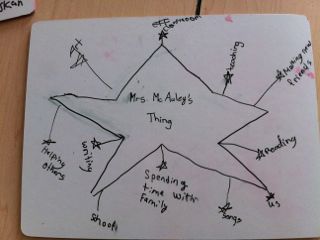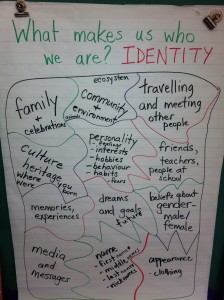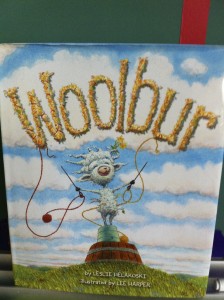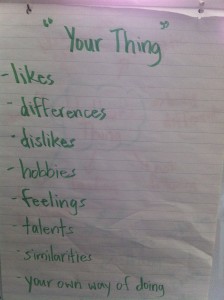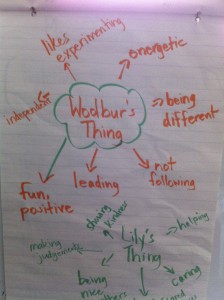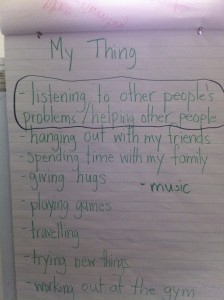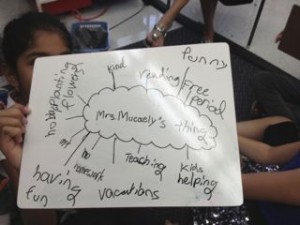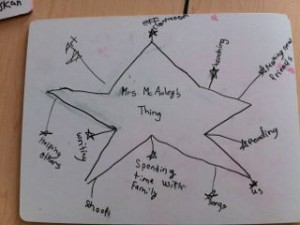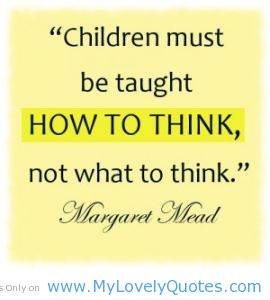 In my first year of occasional teaching, I was as lost as Bambi in a forest fire.
In my first year of occasional teaching, I was as lost as Bambi in a forest fire.
Yes, I was fully certified, and sure, I had successfully interviewed for the OT list. Yet there I was, in my first few assignments, marvelling that someone, somewhere, had said, “Hmm. We have a teacher who’s going to be away for the day. Let’s put Ryan in there.” The thought that I was actually being trusted with other people’s kids was entirely intimidating. And let’s face it–most of us have reflected on, and at some point have been terrified about, the enormity of our task as educators.
Thank goodness for Sarah.
Sarah introduced herself, took me under her wing, and showed me around the school. She connected me with full-time staff members and included me in conversations around the lunch table. When I didn’t know where to find the photocopier, Sarah showed me. She even pointed me to where the bathroom was (a gesture, I might add, of no small importance). Did I mention I was lost?
You can imagine my astonishment when later I discovered that Sarah was a daily OT, just like me.
I don’t know if she realised it at the time–or if she’d even consider herself one–but Sarah was a mentor to me. Her simple gestures helped make my transition to teaching incredibly smoother. I bristle to think about how those first few days would have been without her.
In chapter two of The Heart and Art of Teaching and Learning, we’re reminded that beginning teachers are active participants in the mentoring process. This applies not only to contract teachers, but also to occasional teachers. Perhaps this means that as a newer OT, you seek out the mentorship of a colleague you trust who can help you navigate through first season of your career. Alternatively, perhaps you’re a seasoned OT with a kind heart and a wealth of experience who can guide and assist a newer teacher in the schools where you regularly see each other.
The difference informal mentors make in a school is outstanding! I’ve seen it myself and I’m sure you have, too. Mentors help to foster a sense of collaboration and community in their schools. For me, what started off like a forest fire soon began to feel like greener pastures. Undoubtedly, the mentors I know make my schools fawn-tastic places to work.
Think about your own schools. Could you be a Sarah in someone else’s life? I assure you they’d be forever grateful. I am.
Thanks, Sarah.


